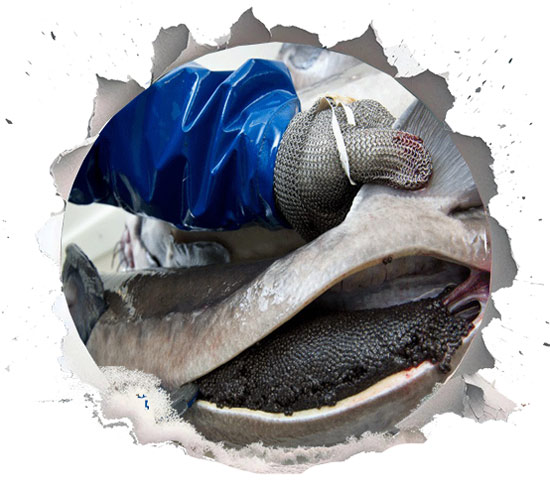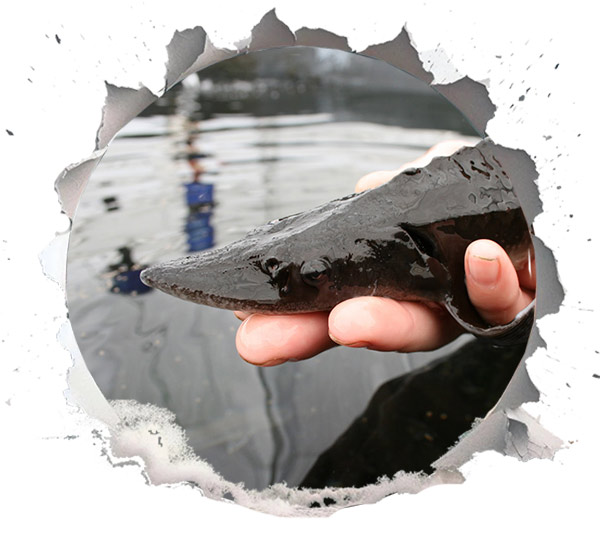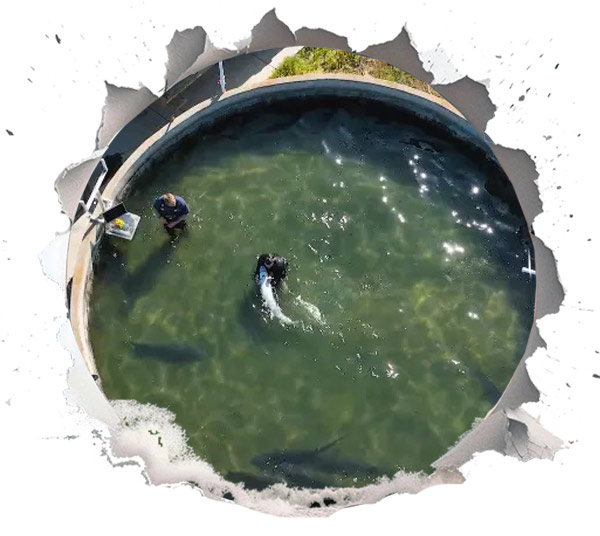: The Environmental Impact of Caviar Farming Exposed

Caviar, often referred to as “black gold,” is a delicacy cherished by gourmets across the globe. However, the methods employed in its production can have considerable environmental consequences. This article explores the environmental impact of caviar farming, examining its ecological footprint, sustainability challenges, and potential solutions.
Understanding Caviar Farming
Caviar is derived from the roe of sturgeon, primarily found in the Caspian and Black Seas. Overfishing and habitat destruction have led to severe declines in wild sturgeon populations, prompting the emergence of caviar farming. Aquaculture aims to provide a sustainable source of caviar while alleviating pressure on wild stocks.
The history of caviar dates back centuries, with origins rooted in the ancient culinary traditions of regions surrounding the Caspian Sea. Initially consumed by royalty and nobility, caviar gained popularity across Europe and beyond, becoming synonymous with luxury and indulgence. The traditional harvesting of sturgeon roe from the wild contributed to the decline of sturgeon populations, highlighting the need for sustainable practices in caviar production.
Types of Caviar
- Beluga Caviar: Sourced from the Beluga sturgeon, this type is highly prized but also endangered due to overfishing.
- Osetra Caviar: This caviar comes from the Osetra sturgeon and is renowned for its nutty flavour.
- Sevruga Caviar: Sourced from the Sevruga sturgeon, it is smaller and more accessible, yet still faces conservation challenges.
Ecological Impact of Caviar Farming

Water Use and Pollution
Caviar farming requires significant water resources, especially in areas with limited freshwater reserves. To delve deeper into this topic, consider exploring the intricacies of caviar production. According to the Food and Agriculture Organization (FAO), aquaculture contributes to around 60% of the world’s fish production. Nevertheless, intensive farming methods can result in water contamination due to waste discharge, leftover feed, and chemical usage.
Case Study: Pollution in Caviar Farms
In some caviar farms, especially in Asia and Eastern Europe, inadequate waste management has resulted in localised pollution. A study conducted by the World Wildlife Fund (WWF) found that elevated levels of nitrogen and phosphorus from fish waste can cause eutrophication in nearby waterways, adversely affecting local ecosystems.
Habitat Destruction
Caviar farming often involves altering natural habitats. Wetlands and riverbanks are frequently modified to create farms, disrupting local biodiversity. The loss of these ecosystems not only impacts fish species but also affects birds, mammals, and other wildlife reliant on these habitats.
Impact of Caviar Farming on Sturgeon Populations
While caviar farming aims to relieve pressure on wild sturgeon populations, it can inadvertently contribute to their decline if not managed sustainably. Inadequate breeding practices and genetic homogenisation can diminish the gene pool, making populations more susceptible to diseases and environmental changes.
Sustainability Challenges

Overfishing of Wild Stocks
Despite the growth of caviar farming, illegal fishing of wild sturgeon remains a significant issue. The Convention on International Trade in Endangered Species of Wild Fauna and Flora (CITES) has imposed restrictions on the trade of sturgeon products to combat this problem. However, enforcement remains challenging, particularly in regions plagued by corruption and limited resources.
Feed Supply and Sourcing Impact of Caviar Farming
Caviar farming requires considerable amounts of fish feed, primarily derived from wild-caught fish. According to the FAO, aquaculture consumes about 20% of the global fish catch for feed purposes. This reliance on wild fish exacerbates overfishing issues and raises concerns about the sustainability of feed sources.
Alternatives to Fish Feed
Research is underway to develop alternative feed sources, such as plant-based proteins and by-products from other fisheries. These innovations could help mitigate the environmental impact of caviar farming and promote more sustainable aquaculture practices.
Solutions for Sustainable Caviar Farming to reduce the Environmental impact

Certification and Regulation
Implementing certification programmes can help ensure that caviar is produced sustainably. Labels such as the Marine Stewardship Council (MSC) and the Aquaculture Stewardship Council (ASC) provide consumers with information about the sustainability of the products they purchase. By choosing certified caviar, consumers can support environmentally responsible farming practices.
Closed-Loop Systems
Closed-loop aquaculture systems recirculate water and waste, minimising pollution and resource use. These systems can significantly reduce the environmental impact of caviar farming by creating a self-sustaining ecosystem. For instance, integrating aquaculture with agriculture can allow waste from fish to fertilise crops, thereby creating a circular economy.
Genetic Management
To maintain healthy sturgeon populations, genetic management practices should be adopted in caviar farms. This includes minimising inbreeding and ensuring a diverse gene pool, which can enhance the resilience of sturgeon to diseases and environmental changes.
Consumer Awareness and Education
Raising awareness about the environmental impact of caviar farming can empower consumers to make informed choices. Educational campaigns can highlight the importance of sustainability and encourage individuals to opt for responsibly sourced products.
The Impact of Technology on Caviar Farming

Monitoring and Data Collection
Advancements in technology can play a crucial role in enhancing the sustainability of caviar farming. Remote sensing and data analytics can monitor water quality, fish health, and farming practices, enabling timely interventions to mitigate environmental impacts.
Aquaculture Innovations
Innovative aquaculture techniques, such as recirculating aquaculture systems (RAS), can reduce water usage and improve efficiency. These systems filter and reuse water, significantly decreasing the ecological footprint of fish farming.
The Future of Caviar Farming
As the demand for caviar continues to rise, it is vital to balance caviar production with environmental stewardship. The future of caviar farming lies in adopting sustainable practices that protect natural ecosystems while meeting consumer demand.
Policy Implications
Governments and regulatory bodies must develop and enforce policies that promote sustainable aquaculture. This includes stricter regulations on wild fish sourcing, habitat protection, and support for research into sustainable farming practices.
Collaboration Between Stakeholders
Collaboration among farmers, governments, NGOs, and consumers is essential for driving positive change in the caviar industry. By working together, stakeholders can share best practices, develop innovative solutions, and create a more sustainable future for caviar production.
Conclusion
Caviar farming presents both opportunities and challenges in the quest for sustainability. While it offers a means to protect wild sturgeon populations, it also poses significant environmental risks. By embracing innovative practices, supporting responsible sourcing, and prioritising sustainability, the caviar industry can evolve into a model of ecological responsibility. As consumers, we have the power to influence this change by making informed choices and advocating for a healthier planet. The future of caviar lies not just in its taste but in its environmental legacy.

